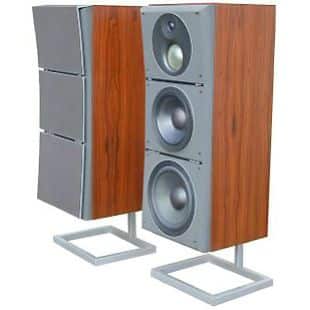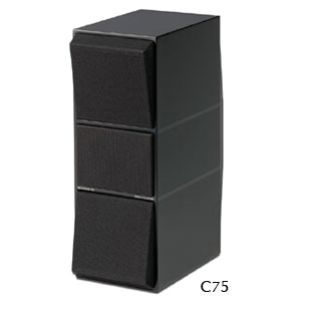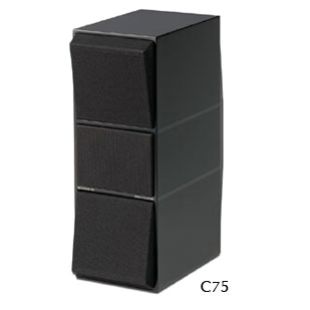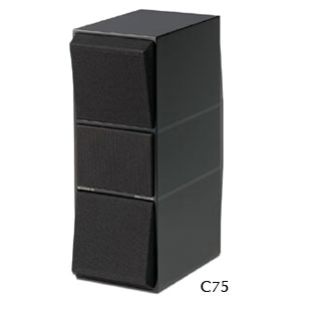Beovox M150.2
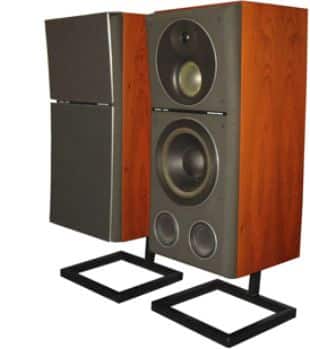
Beovox Uni-Phase MS150 and M150 were Bang & Olufsen’s answer to the need for loudspeakers that could cope with greater dynamic range and increased demand for serious, no-gimmick sound reproduction.
They were B&O’s biggest and most perfected loudspeakers up to the time of their introduction, designed to reproduce sound with a natural, linear phase quality – even at very high sound pressure levels. Their power handling capacities were specified at 150 watts RMS. However, effective overload protection circuits enabled them to handle brief passages of music way above their ratings.
Both speakers reproduced all types of music – from the faintest to the loudest notes – with extreme accuracy and precision, without adding to or subtracting from the signals they received.
In addition, the MS150 was designed to reproduce a clean, powerful bass in a relatively large room. That is why it was fitted with a monitor quality sub-woofer and had a net volume of 64 litres. It reproduced the lowest of tones that any record, tape or FM broadcast could deliver. Apart from the sub-woofer, all other speaker drivers in both models were identical.
Behind this successful design lay a new acoustic technology, an integrated loudspeaker design which put Bang & Olufsen in control of all the parameters that affected the loudspeakers’ performance. That is, all, except the room acoustics in which they were situated.
The new technology was based upon the use of Fourier analysis, computer-aided design and simulation techniques and laser holography. It helped prove measuring, calculating and testing techniques and thereby led to better cross-over filters’ design, refinement of patented linear phase techniques, control cabinet resonances and the minimisation of diffractions caused by the cabinet’s traditionally sharp-edged profiles. There was also a redesigning of the necessary drivers in order to meet precise construction requirements and perform optimally.
A monitor quality sub-woofer, a 20cm bass unit and a 64 litre net cabinet secured clean, powerful, bass reproduction. The mid-range unit, a 7,5cm dome tweeter, was aperiodically tuned to secure the exact frequency response characteristic required, while the super tweeter ensured excellent high frequency response.
Beovox M150-2 featured a 3-unit configuration to ensure monitor-quality sound reproduction in the 38 – 22000 Hz frequency range. Power handling capacity was 150 watts RMS with overload protection on all drive units. The 7,5cm unit acted as a mid-range filler-driver to eliminate audible phase distortion, so the music was always crisp and well defined with individual instruments correctly ‘positioned’ in the musical landscape. Pedestals were included as standard equipment.


